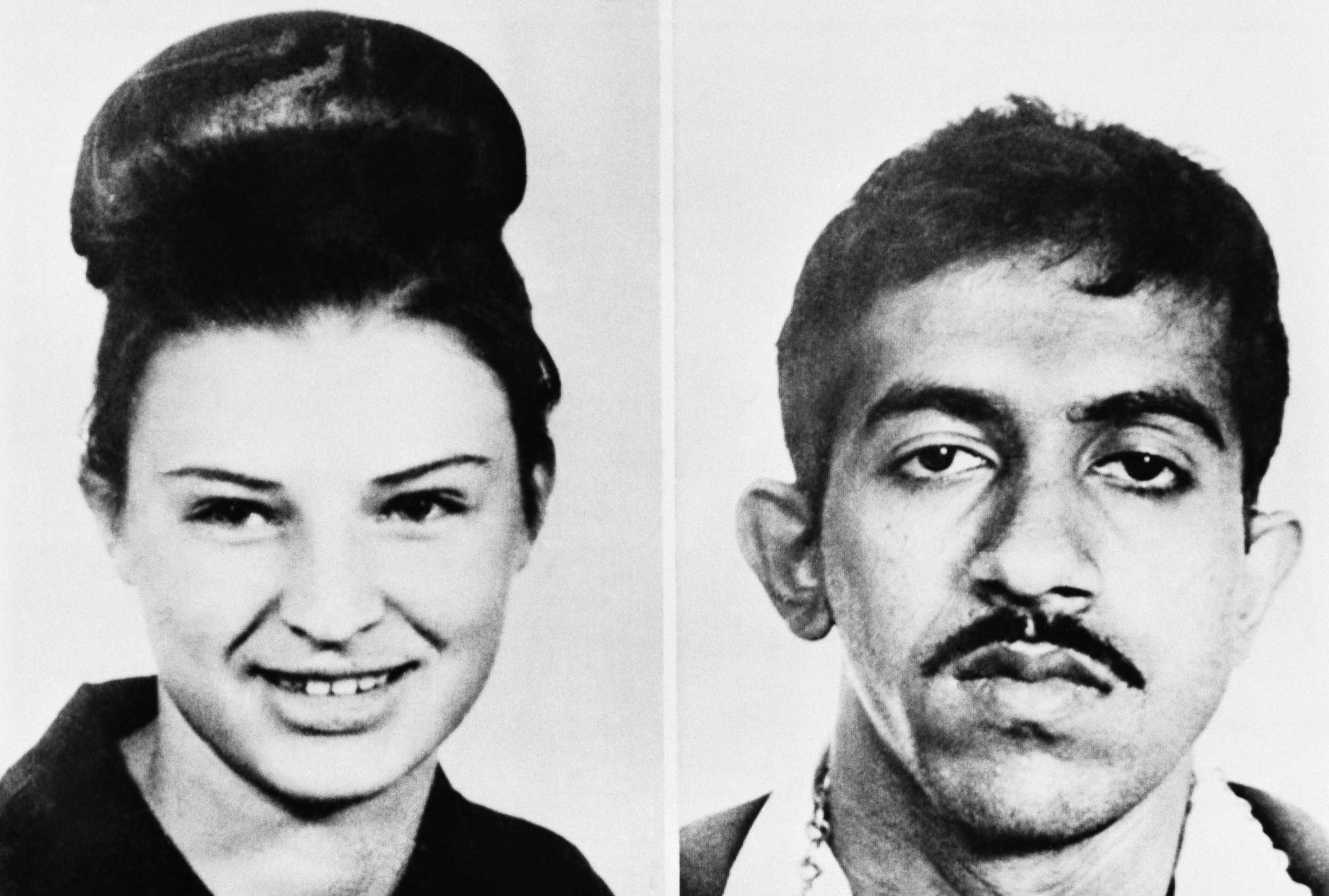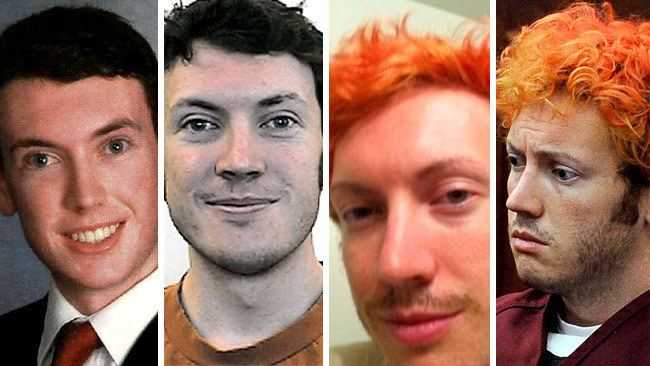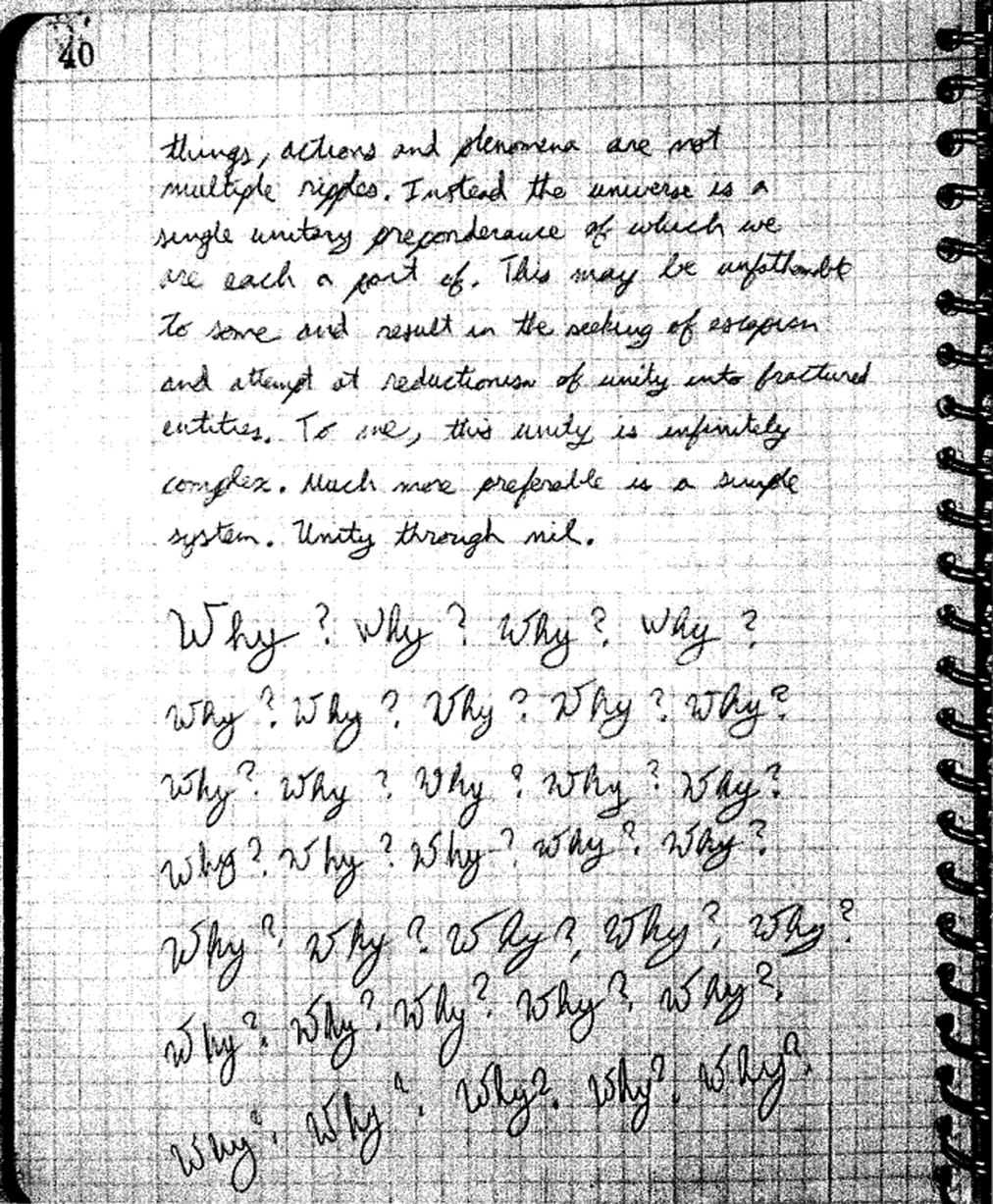
Practicing clinical psychology is an equally exciting venture and a complicated profession when Confidentiality comes into the talk. Confidentiality is the most ethically troubling issue for clinical psychologists. Pieces of evidence and earlier cases, especially homicide, reveal that Confidentiality can no longer be a privilege between patients and psychologists when it is a threat to the other human. It becomes a matter of evidence to either prove the insanity of the client or the real face of the client doing the crime in full consciousness.
In this article, I will be enlightening you all about the two major crimes in the past, which were triggered to break Confidentiality and maintain peace and order in society. Let's get into the storytelling now.
Case of Tatiana Tarasoff and Prosenjit Poddar (1968)The Relation sparked between Tarasoff and Poddar.

In 1967, Prosenjit Poddar, an Indian citizen, came to the USA for his graduate studies. He belonged to a low caste in India. In fact, some say that he may be the first of a member from that caste to fly to states to pursue a graduate degree. He got admitted to the University of California (UC), Berkeley. In the University, a beautiful Russian immigrant, Tatiana Tarasoff, caught Poddar's attention. He could not stop himself staring at her at the folk dancing class. After that incident, they started seeing each other. On New Year's Eve of 1968, Tarasoff kissed Poddar. Poddar could not believe it. Since he had never encountered such activities back in India, he thought Tatiana was the one for him. He felt it was the start of a serious romantic relationship.
Distance in relationship

Tarasoff always denied being in this relationship. She even said that she was in an open relationship. Eventually, the distance lengthened between them. However, Poddar could not let go of it. He started to stalk Tarasoff. These all got him to be depressed. The effects were visible in his studies and health. Poddar spent the spring and summer of 1969 by having occasional meetings with Tarasoff, tape-recording their conversations, and repeatedly listening to them to know what flaws he had. Tarasoff, who was an outgoing and fun-loving person, went to Brazil in the summer.
Poddar with therapists
Seeing their friend's worsening state, Poddar's classmates suggested that Poddar get help from Dr. Lawrence Moore. Moore was a psychologist at UC Berkeley's Cowell Memorial Hospital. Poddar would talk about his plan to kill a girl who played him. He never uttered Tatiana's name, but Dr. Moore had it figured out.
Police and Psychologist's work

Dr. Moore got alerted. Hence Dr. reported about Poddar to the UC Berkeley campus police. He told police that Poddar was a patient of paranoid schizophrenic delusions. Poddar was detained for 72hours. Later Moore's supervisor, Dr. Harvey Powelson, ordered that Poddar was not subject to further detention as he appeared utterly rational. Both psychologists had asked Poddar to not to think about the girl and move on. Then Poddar had stopped seeing his Psychologist. During this whole process, neither Tatiana nor her parents were informed.
The Crime
Tarasoff returned from Brazil in October. On Oct. 27, 1969, Poddar came to Tarasoff's home with a butcher knife and a pellet gun. Tatiana began to scream. Poddar then shot her with the pellet gun. She ran from the house, but Poddar caught her and stabbed her 17 times. After the killing, Poddar called 911 and confessed.

Legal Battle
The grieved family of Tarasoff then sued Dr. Moore and other employees of the University. The battle to get justice for Tatiana became the legendary Tarasoff vs. Regents of the University of California.
Poddar was convicted of second-degree murder. But, He served four years of a 5-year prison. The jury was inadequately instructed on his mental capacity. Unfortunately, a second trial was not held. The court released him on one condition that he would return to India. The case was settled outside the court as the family received a good sum for compensation.
Seeing this case via Psychologist's Eyes
The doctor had maintained Confidentiality with his patient, Poddar. At that time, breaking the Confidentiality was illegal as Moore didn't want to get sued. He had somehow contacted the police and ask them to uphold Poddar. Thus Moore had done his job legally.
Seeing this case via the Victim's Family
Neither Tatiana nor Tatiana's parents were informed what had happened to Poddar, the things between him and the Psychologist and the police.
Although Both parties agreed and settled the case out of the court, this case brought the concept of "Duty to warn where the therapist has the duty to warn the potential victims if the patient is homicidal."

Effect of Tatiana Case
Following the Tarasoff decision, it also became evident that therapists must carefully consider threats relayed to them by relatives of a person in therapy, as the ruling could again extend to cover those cases in the future. Before this Tatiana controversial case, psychotherapists had formal duties to protect the Confidentiality between patients. They could not issue any information to third parties.
At present, All therapists now memorize the Duty to warn or Tarasoff Duty and protect potential targets of danger.
However, Duty to warn has made patients aware and made them share less of their feelings or intentions. On top of that, the therapist still has to get into trouble for maintaining Confidentiality. The case of James Eagan Holmes is a strong example to prove the above statement.
Case of James Holmes
The Early Life
 James Holmes was born in 1987 in San Diego. His father was a mathematician/scientist, and his mother was a registered nurse. He suffered from mental health issues from a young age and attempted suicide at the age of 11.
James Holmes was born in 1987 in San Diego. His father was a mathematician/scientist, and his mother was a registered nurse. He suffered from mental health issues from a young age and attempted suicide at the age of 11.
Due to the worsening mental health, he started having an obsession with killing people and fire, nuclear weapons, biological agents, firearms, and knives. Holmes became awkward in social settings. However, He earned a Bachelors's degree in Neuro-Science. After that, Holmes went to the University of Colorado for the graduate program. There he could not do better in a social setting. The new environment could not lessen the inner urge to kill. To address this issue, his anxiety, and difficulty in public speaking.Dr. Lynne Fenton was his Psychologist.
Preparation for the Shooting
 During May and June, he purchased various guns and even went for practice for five times. He visited the Century 16 Movie Threatre in Aurora, Colorado, and chose theatre number 9 for his homicidal deeds.
During May and June, he purchased various guns and even went for practice for five times. He visited the Century 16 Movie Threatre in Aurora, Colorado, and chose theatre number 9 for his homicidal deeds.
He purchased many tickets for the newly released Batman series film The Dark Knight Rises; however, he got them for theatre 8. In mid-July, Holmes's hair had been dyed red. Some say that Holmes wanted to be similar to Joker's character in the movie.
Role and actions from the Psychologist before the crime
 Dr. Lynne treated Holmes when he left his post-graduate course in mid-way. During the therapy with Dr. Lynne Fenton, Holmes would tell that he had "homicidal thoughts" - as often as three or four times a day. The treatment seemed ineffective and obsession to kill anticipated. Lynne couldn't apply a psychiatric hold on him as he never disclosed his intention to kill.
Dr. Lynne treated Holmes when he left his post-graduate course in mid-way. During the therapy with Dr. Lynne Fenton, Holmes would tell that he had "homicidal thoughts" - as often as three or four times a day. The treatment seemed ineffective and obsession to kill anticipated. Lynne couldn't apply a psychiatric hold on him as he never disclosed his intention to kill.
Before six weeks of this crime, Dr. Fenton had requested a University police officer to have a background check on Holmes as he had threatened to kill many people.
On July 19, just hours before the shooting started, Holmes mailed a notebook to his psychiatrist. The Notebook had his thoughts and plans during the weeks preceding the shooting. The College department found the Notebook in an undelivered package in the College.
The Hideous Crime
 On July 20, 2012, He went to Threatre 9, although having tickets for 8. After sitting there for a while, he exited by faking a phone call. He collected his ammunition, which he had in his car. Outside he also called a Student Mental Health Emergency Hotline to change his mind at the last hour. But it did not help. He put on a gas mask, bulletproof vest, helmet, ammunition, and headphones with high Techno Volume. He then entered again and started shooting without making any eye contact. After the crime, he waited for the police and then told them the extra explosives in his apartment.
On July 20, 2012, He went to Threatre 9, although having tickets for 8. After sitting there for a while, he exited by faking a phone call. He collected his ammunition, which he had in his car. Outside he also called a Student Mental Health Emergency Hotline to change his mind at the last hour. But it did not help. He put on a gas mask, bulletproof vest, helmet, ammunition, and headphones with high Techno Volume. He then entered again and started shooting without making any eye contact. After the crime, he waited for the police and then told them the extra explosives in his apartment.
Jury and Legal Decision

James was given 12 life sentences without the possibility of parole for the murder charges and an additional 3,318 years for the attempted murder and explosives possession charges. The judges quoted that "the court intends that the defendant never sets foot in free society again," and added, "the defendant deserves no sympathy."
Question on Duty to Warn and Confidentiality
 Dr. Fenton had done her work as a therapist and maintained Confidentiality. Also, she had even asked for help from university police. But sadly, it could not prevent a mass shooting. The Notebook, which James had sent to the psychiatrist, was also released.
Dr. Fenton had done her work as a therapist and maintained Confidentiality. Also, she had even asked for help from university police. But sadly, it could not prevent a mass shooting. The Notebook, which James had sent to the psychiatrist, was also released.
The Notebook had questions about life and his plans for mass shooting in the theatre. Not only Holmes had filled the consecutive 8 pages with words WHY? The release of this Notebook, Confidentiality between patient and Psychologist, is entirely broken.

On the other hand, Holmes's parents say that they had never got any news from the Psychologist as per "Duty to warn." Had they gotten any of the information, they would have gotten better treatment or even prevent their son from visiting the place.
CONCLUSION
The case of Tarasoff (1968) and the Aurora Shooting by James Holmes (2012) bring out a sense of dilemma and high responsibility to psychology practitioners. This dilemma may also hamper the best judgment to determine the right course of action. Duty to warn is still a challenge in many instances. Not every time therapists can accurately predict if their patients will become violent.
This is the ultimate situation where Psychologists are bound to protect the privilege of confidentiality, and at the same time, if the patient expresses or shows signs of hurting anyone or homicidal intentions, then Practitioners must inform the potential victims for additional safety.
 In Nepal, such type of crime is not recorded so far. The government does not adequately emphasize mental health concerns. But god forbid, if this kind of activity takes place, then there is no concrete solution. So the Nepal government and the Ministry of Health have to take initiations to form proper laws, provide the license to practitioners, and facility for mental healthcare for the general people and the prisoners who might have been charged with punishment although they have insanity in them.
In Nepal, such type of crime is not recorded so far. The government does not adequately emphasize mental health concerns. But god forbid, if this kind of activity takes place, then there is no concrete solution. So the Nepal government and the Ministry of Health have to take initiations to form proper laws, provide the license to practitioners, and facility for mental healthcare for the general people and the prisoners who might have been charged with punishment although they have insanity in them.









Shiv Kandel 5 yrs
You never fail to show how passionate you are! Words means you have the world! Keep writing.